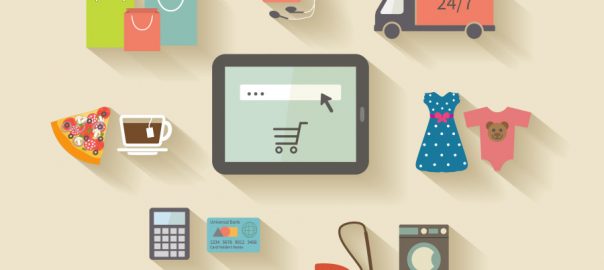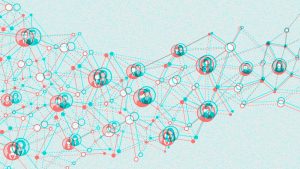
Retailers face a lot of competition, both online and offline. And in many cases the products they sell are very similar. As an e-commerce marketer, how do you differentiate? How can you ensure that your website is not seen as a commodity? Start by creating better e-commerce shopping experiences to drive customer loyalty.
Relationships and value propositions in the real world
Think about most products you buy. Some of them are actual commodities, like sugar. In some situations you’ll pay more for sugar at a store that’s closer and more convenient to you. At other times, however, you may be willing to drive further to a warehouse club or big-box store like Costco because it will save you money.
Other products you buy are unique, or have strong brands you identify with. But even a Ferrari, which is clearly not a commodity product, has to be sold by a dealer. And does it really matter which dealer you buy from? You might choose a specific dealer because it is local to you, or because you have built a relationship with one of its sales professionals.
In both cases, the decision you make is based on perceived value. But if there are two convenient options, or two large discount stores within driving distance, these options essentially become functional commodities.
Experiences in the digital world
Now, let’s consider digital transactions. This is the same as in the offline world, but it’s even more amplified. How many of us, even when buying a branded item, will start our search on Google to find the cheapest price? We may compare and contrast seller reputation and potential shipping time, but ultimately we have created a “commoditized” shopping experience.
This commoditized experience is based not on the item itself, which could be a non-commoditized product, but the distribution of the product. This last mile, so to speak, is functionally a commodity to us as buyers.
Differentiating through personalization
So what can e-commerce marketers do to stand out and build loyalty? The only way to differentiate in a digital-first economy is to understand your customers’ intents, preferences and desires as well as possible – and then do something about it!
This starts by fully understanding your customers and anticipating their needs. You can use deep behavioral data to create rich unique profiles for each of your shoppers to determine what each is looking for in the moment.
This means combining behavioral data from shoppers’ current session (what am I interested in now?) with past session data (what was I looking for in the past?) and attribute data (purchase history, customer status, demographics, etc.). This data can be used to present one-to-one product recommendations, deliver relevant offers, or display any other timely message that will help shoppers find what they are looking for to provide them with great shopping experiences and foster loyalty.
Final Thoughts
Creating a compelling e-commerce experience means identifying the shopper’s intent based on who she is, what she is searching for, and when she’s searching for it, and then using that insight to customize her customer experience in-session. It means using all the data you have available on your customers to differentiate on experience, rather than being “virtually commoditized.”
Digital & Social Articles on Business 2 Community
(69)







